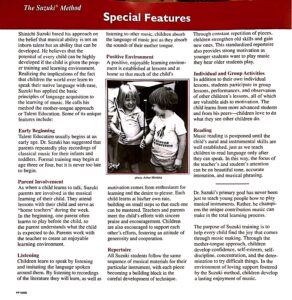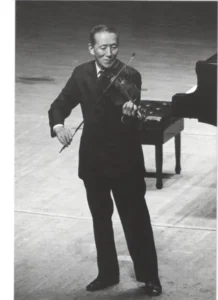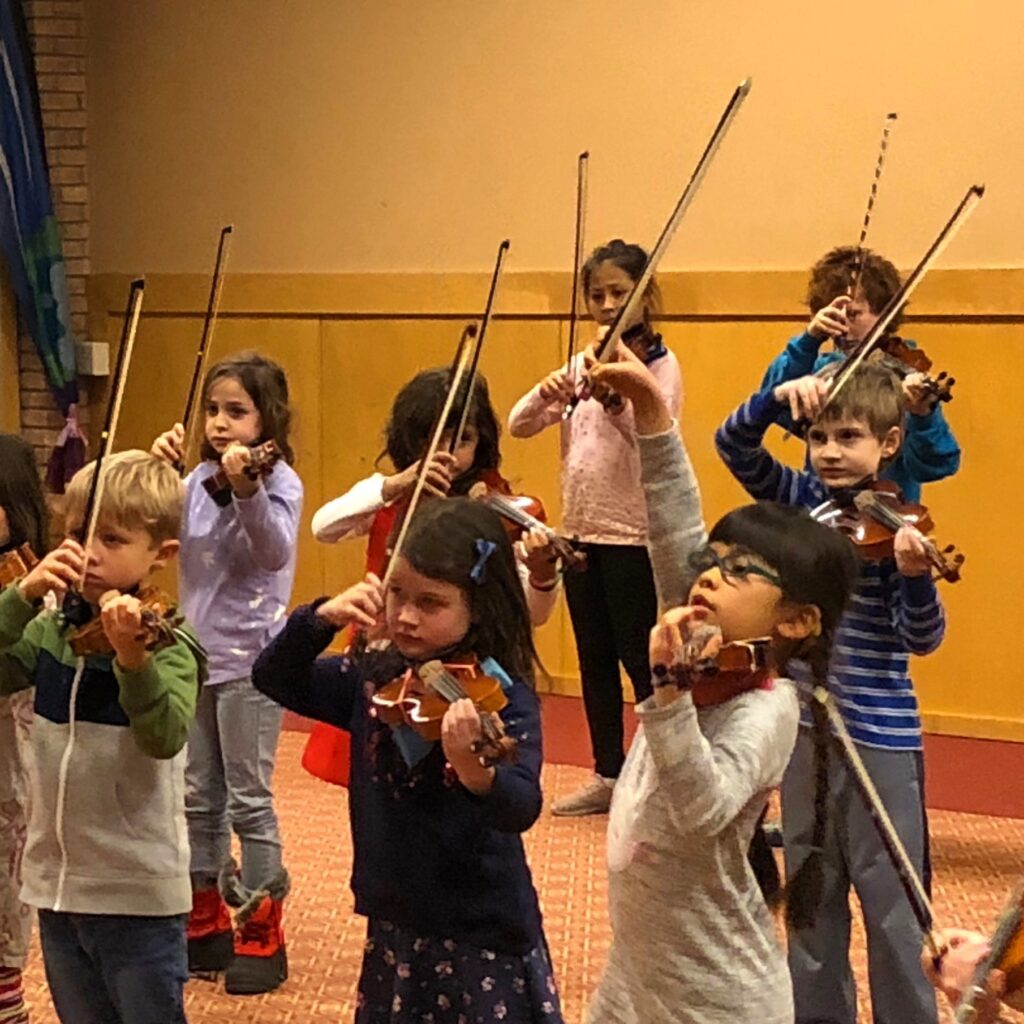Dear SSM Families ,
Welcome to all of our newest families to Suzuki Strings of Madison and a warm welcome back to all of our returning families.
This post is the beginning of a new initiative to help with supporting those in the role of practice partner at home and in group classes.
Each month you will receive a topic specific post to assist you
This month we explore:
~What is the Suzuki Method and Philosophy?
~Who was Shinichi Suzuki
Parental Involvement:
A parent or significant adult attends lessons, helps coach the child at home, and becomes the “home teacher”. The Suzuki triangle consist of teacher, child, and parent. Early beginnings are encouraged.
- Listening to Recordings: Daily listening to the Suzuki repertoire is a central part of the method, helping students internalize the music, just like they learn their native language -“mother tongue” .
Skillful Listening: Students develop a strong ear, which is crucial before they begin to read written music.
Step-by-Step Mastery: The repertoire is carefully sequenced, with each piece a building on the last to ensure mastery and build confidence.
Group Lessons: Group classes supplement private lessons and provide motivation through observation and cooperation , rather than competition.
Joyful Environment: Learning is presented as a positive experience, with motivation coming from enthusiasm and desire.
Listening to Recordings:
Daily listening to the Suzuki repertoire is a central part of the method, helping students internalize the music.
Character Development: The method emphasizes valuable life skills like concentration, memory , and cooperation.
The Suzuki Method develops the whole child : character , discipline, sensitivity, perseverance along with all of the necessary musical skills.
- Begin with Listening: Children begin by listening to recordings of the music they will learn.
- Learn by Ear: The child learns to play pieces by ear through listening and imitation.
- Parental Guidance: The parent attends lessons, takes notes, and guides daily home practice.
- Small, Successful Steps: Lessons and home practice are broken into manageable steps to build confidence.
- Formal Reading: Music reading is introduced after the student has developed aural skills and instrumental proficiency.
Who was Shinichi Suzuki– a short fun video to share with your kids
Dr Shinichi Suzuki was born in Nagoya, Japan on October 17, 1898. His father was the founder of the world’s largest violin factory then. However, he never received any formal music education during his childhood. It is only after hearing a recording of Mischa Elman on the violin, he became fond of the violin tone and was self-taught to play the violin by repeatedly listening to a recording. It was only at the age of 21 that he took up formal violin lessons but due to his age, he had difficulties in mastering the instrument in the way he would have preferred. He then realized, one day, that learning their mother tongue came naturally to all children and perhaps learning an instrument can be as natural if the child’s environment encourages it. After the devastation that he seen in his country after World War 2, he hoped to use music education as a way to foster good moral character in the future generation. Thus began his journey of conceptualizing and implementing Suzuki method with the establishment of Matsumoto Music School in 1946. Today, the Suzuki method is taught in 38 countries to more than 400000 children.
Another good article about Suzuki’s life.
